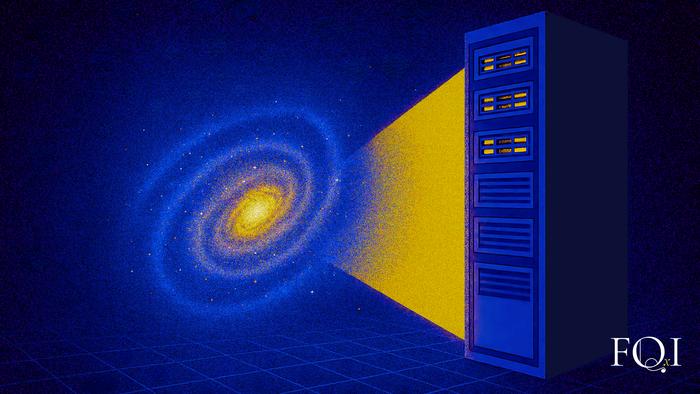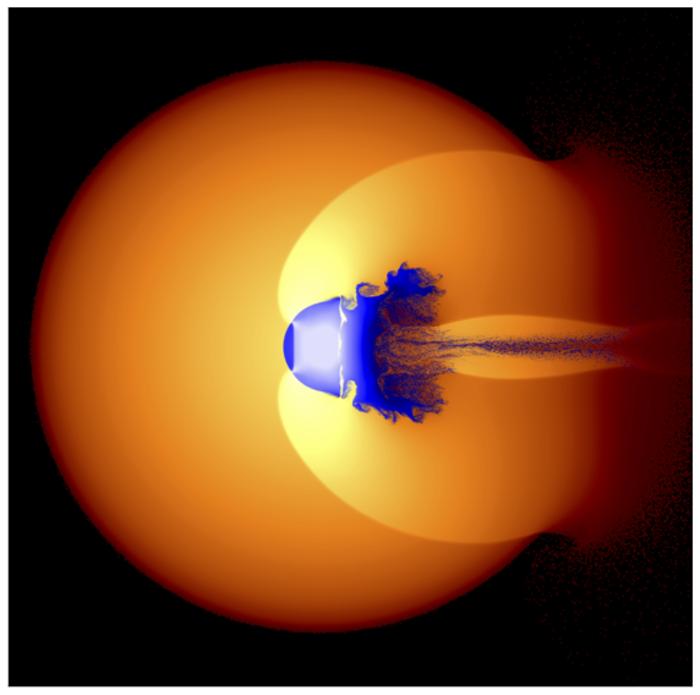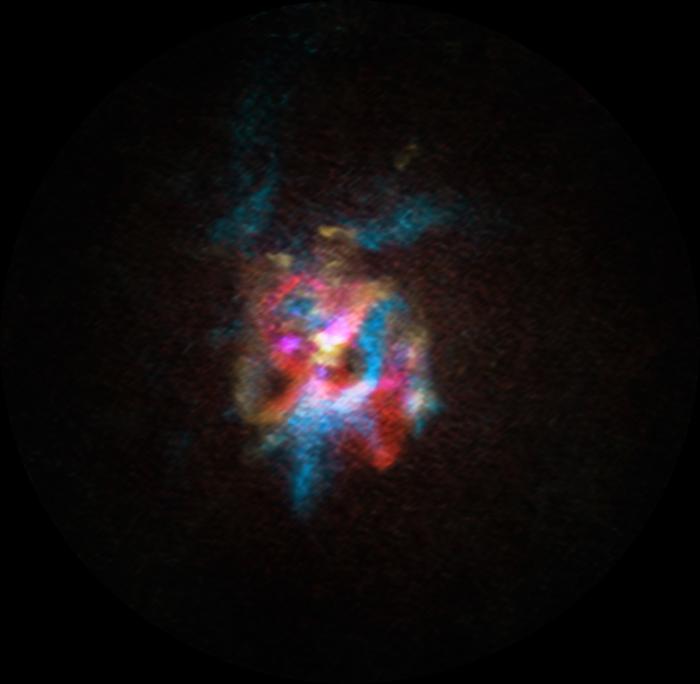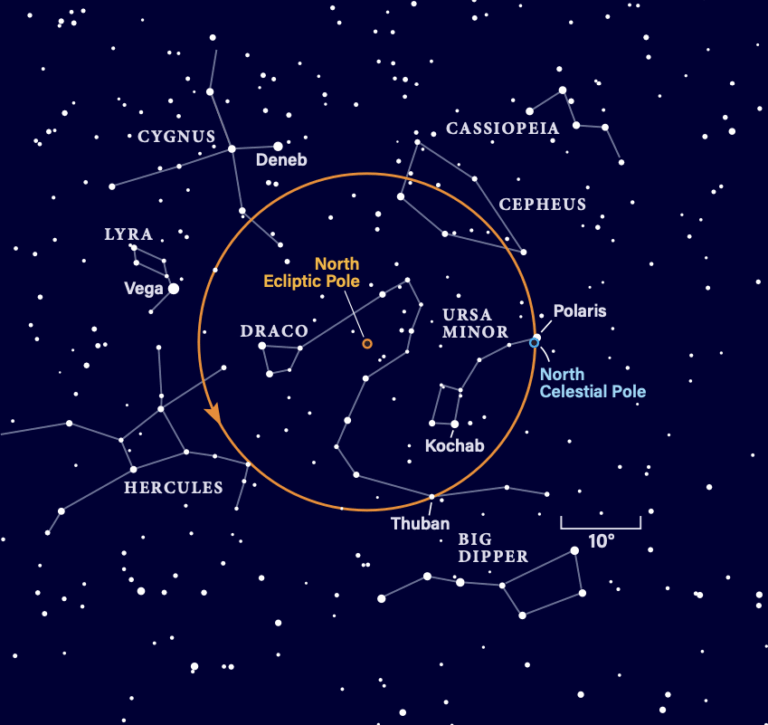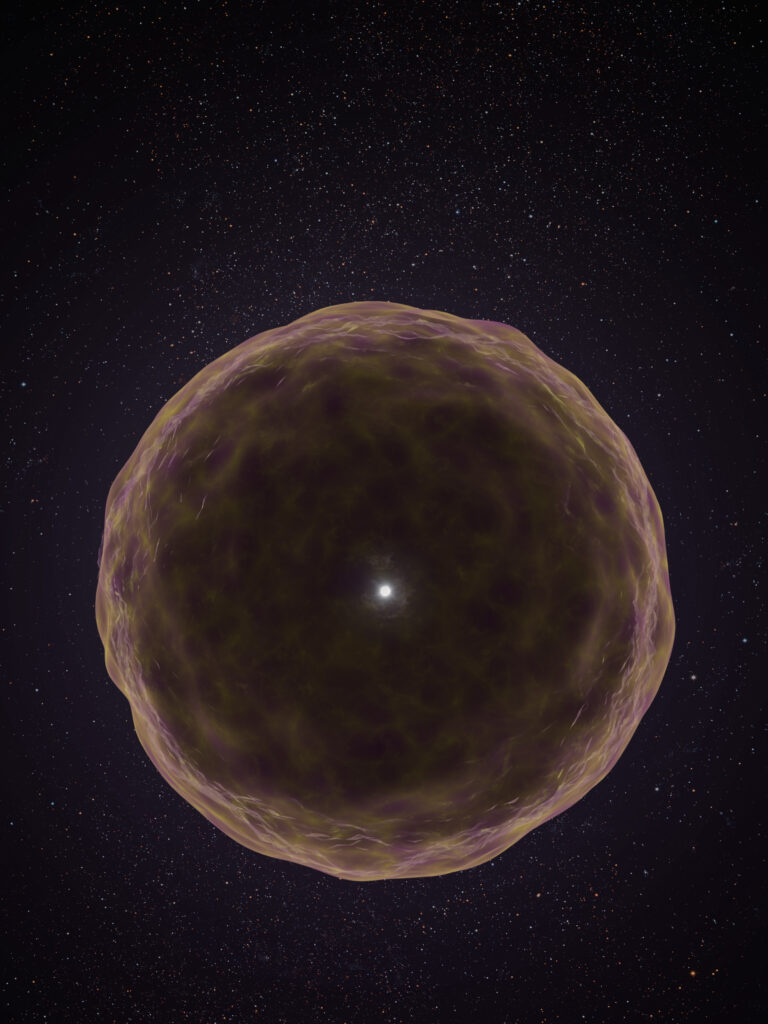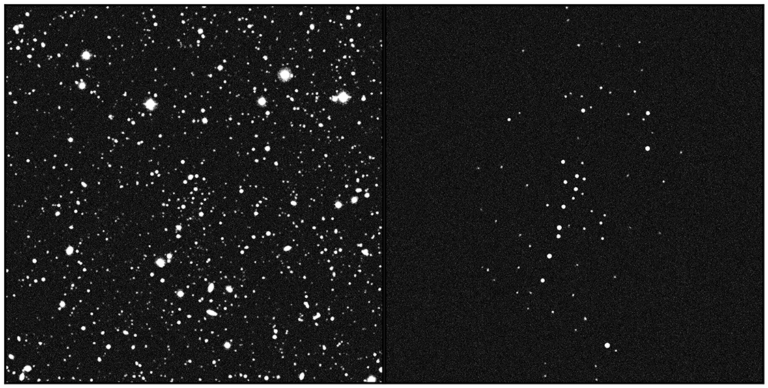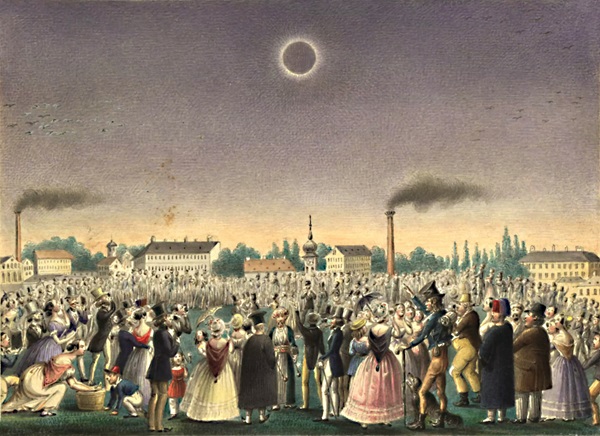
Key Takeaways:
As humans have evolved on Earth, many naturally occurring events — earthquakes, volcanoes, destructive weather — have struck fear into their hearts. At the top of the list, I contend, is the disappearance of the life-giving Sun from the midday sky during a total solar eclipse. Even today, the drama of such phenomena compels people to travel halfway around the globe to witness them. But which eclipses throughout history are the most noteworthy?
For this list, I’ve chosen to include eclipses you might not be familiar with, including many that happened before the invention of the telescope. As you read through them, particularly the earliest accounts, try to imagine standing in darkness beneath the Moon’s shadow for a few fleeting minutes — which, in the minds of those terrified souls, must have seemed much longer.
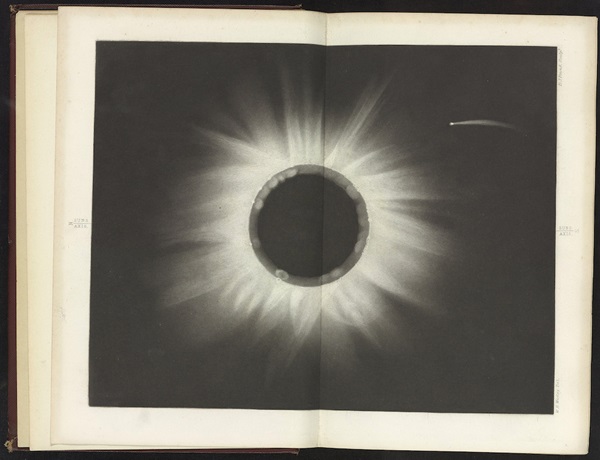
The earliest records
Our first entry is the earliest solar eclipse for which we have a record. The account appears in the ancient Chinese text Shujing, traditionally said to have been compiled by the philosopher Confucius, which reads: “On the first day of the last month of autumn, the Sun and Moon did not meet harmoniously in Fang.” What an understated way to describe an eclipse!
Pinning the exact date of this event is somewhat problematic; originally, scholars stated it occurred either in 2136 B.C. or 2128 B.C. The mention of “Fang,” though, ultimately holds the key: This term refers to a section of the sky mainly in Scorpius. Furthermore, we know the eclipse happened during the reign of Zhong Kang, an emperor of the Xia Dynasty. Based on these details, the only eclipse that could have been seen from the capital city was Oct. 22, 2137 B.C.
There’s also a long-standing tale — which may be true but very probably isn’t — about this eclipse and two royal astrologers, He and Ho. In at least one version, they were drunk prior to the event and didn’t warn the emperor that the eclipse was coming. Whether or not they even knew it was coming is debatable. Long story short, they reportedly were killed for their mistake.
Our next entry is recorded in the Shijing, a collection of ancient poetry whose compilation is also credited to Confucius. The eclipse in question occurred during the Zhou dynasty, though the exact date is uncertain. Some astronomers have pointed to the total eclipse of June 4, 781 B.C., though this would have only been a partial eclipse in Zhou territory. Another candidate is the eclipse of Nov. 30, 735 B.C., which was annular in the Western Zhou capital of Hao, near modern-day Xi’an.
About the same time in Greece, Plutarch writes about an annular eclipse that occurred around the death of Romulus in 716 B.C. Such an eclipse happened Dec. 10. The path of annularity crossed northern Africa, while in Athens, a bit more than one-third of the Sun was obscured by the Moon.
More than a century later, a total solar eclipse May 28, 585 B.C., might have ended a war between the Lydians and the Medes. Greek historian Herodotus wrote about the conclusion of the conflict in Book I of his Histories: “As the balance had not inclined in favor of either nation, another engagement took place in the sixth year of the war, in the course of which, just as the battle was growing warm, day was suddenly turned into night. … When the Lydians and Medes observed the change they ceased fighting, and were alike anxious to conclude peace.”
A later solar eclipse had a similar effect when it cast a shadow on a conflict over Corinth between the Spartans, led by Cleombrotus, and the invading Persians, led by Xerxes I. Herodotus wrote that, “while [Cleombrotus] was offering sacrifice to know if he should march out against the Persians, the Sun was suddenly darkened in mid-sky.” As you might imagine, some 2,500 years ago, eclipses were not seen as good omens. This one, which astronomers now think occurred Oct. 2, 480 B.C., rattled Cleombrotus and caused a full retreat of the Spartan forces.
Nearly half a century later, a solar eclipse nearly stopped the army of Athens from attacking the Spartans. In his History of the Peloponnesian War, Greek historian Thucydides writes, “in the same summer, at the beginning of a new lunar month (at which time alone the phenomenon seems possible) the Sun was eclipsed after mid-day, and became full again after it had assumed a crescent form and after some of the stars had shone out.” This eclipse best matches one on Aug. 3, 431 B.C. From northern Greece, the Moon would have covered more than 91 percent of the Sun. The “stars” that shone out were almost certainly Venus, which was 20° from our daytime star, and Jupiter, which was twice as far away from the eclipsed Sun.

The first millennium
Shortly after B.C. became A.D., a record of a notable solar eclipse comes to us from a work titled Contra Celsum by the theologian Origen of Alexandria. In it, he writes of an eclipse that occurred during the reign of Tiberius Julius Caesar Augustus. He states that there was “the greatest eclipse of the sun” and also that “it became night in the sixth hour of the day [noon] so that stars even appeared in the heavens. There was a great earthquake in Bithynia, and many things were overturned in Nicaea.”
This event transpired Nov. 24 in the year 29. Some theologians have speculated that this eclipse may have caused the darkness, as described in the Bible, during the crucifixion of Jesus Christ. However, the eclipse was not total from Jerusalem — in other words, not nearly dark enough to be described as “darkness.” Additionally, many Christian scholars suspect the crucifixion occurred later, likely in either the year 30 or 33, and that the reported darkness may have been caused by a massive dust storm, rather than a solar eclipse.
The eclipse on March 20, 71, stands out because in a book titled De Facie in Orbe Lunae (On the Face Which Appears in the Orb of the Moon), the Greek philosopher Plutarch described the corona. This outer atmosphere of the Sun had doubtless been seen during hundreds of total solar eclipses prior, but Plutarch was the first to write of it, saying, “Even if the moon, however, does sometimes cover the sun entirely, the eclipse does not have duration or extension; but a kind of light is visible about the rim which keeps the shadow from being profound and absolute.”
After Plutarch’s account, it would take another 266 years before someone described another solar feature seen during an eclipse. That happened when a member of the Roman Senate, Julius Firmicus Maternus, authored the earliest description of a prominence. His observation is even more remarkable because the July 17, 334, event was an annular eclipse — and he wasn’t even on the path of annularity. He watched it from Sicily, where it was an 88-percent partial eclipse.
July 19, 418, marks the first total solar eclipse (of which we have a record) during which a comet was seen. Turkish-born Church historian Philostorgius wrote in Book XII of the Epitome Historiae Ecclesiasticae: “When Theodosius had reached adolescence, on the nineteenth of July at about the eighth hour, the sun was so completely eclipsed that stars appeared. There appeared in the sky with the sun while in eclipse a cone-shaped light, which some out of ignorance called a comet. But it showed none of the features of a comet. For the light did not form a tail, nor was it at all like a star; rather, it resembled a great lamp-flame appearing on its own, with no star under it to form a wick for it. Its movement was also different. It began where the sun rises at the equinox, from there passed over the last star in the Bear’s tail, and went on slowly westward.”
Clearly, Philostorgius did not believe the object was a comet. Many reports from Europe and China, however, prove that it was, so the event goes down as the first reports of a comet seen during the total phase of a solar eclipse.

The second millennium
The first famous total solar eclipse after the year 1000 was on Aug. 2, 1133. Visible in Scotland, totality was nearly 4½ minutes in length. And this eclipse provides just one of many historical examples of people wrongly associating a celestial spectacle with an earthly event.
In his Historia Novella, written between 1140 and 1143, English historian William of Malmesbury linked this eclipse with the death of King Henry I: “The elements manifested their sorrow at this great man’s last departure from England. For the Sun on that day at the 6th hour shrouded his glorious face, as the poets say, in hideous darkness agitating the hearts of men by an eclipse; and on the 6th day of the week early in the morning there was so great an earthquake that the ground appeared absolutely to sink down; a horrid noise being first heard beneath the surface.”
The problem is that the eclipse and the death occurred in different years. The account implies, 19th-century author Mabel Loomis Todd wrote in her book Total Eclipses of the Sun, “that Henry must have died in 1133, which he did not, or else there must have been an eclipse in 1135, which there was not. But this is not the only labyrinth into which chronology and old eclipses, imagination and computation, lead the unwary searcher.” Quite true.
For now, we’ll stay in Scotland: The next three total solar eclipses are memorable because of the nicknames the Scottish people gave them. The June 17, 1433, eclipse’s totality lasted up to 4 minutes 26 seconds. It is remembered as the “Black Hour.” On March 7, 1598, a total eclipse known as “Black Saturday” had a duration of totality of 1 minute 29 seconds in the southeastern part of the country. Finally, “Mirk Monday” refers to the eclipse that occurred April 8, 1652. In Edinburgh, residents experienced 2 minutes 47 seconds of totality.
More fleeting was the hybrid solar eclipse (one that is annular at one or both ends of the path and total in the middle) of Jan. 24, 1544: Totality lasted a mere 16.3 seconds. Dutch mathematician Gemma Frisius observed this event as a 95-percent partial eclipse from Belgium. Later, he published what may be the first illustration of a camera obscura, a darkened room with a hole (later versions used a lens) at one end that projects an image from outside onto the wall. Frisius’ illustration shows the eclipse projected into the room.
The next total solar eclipse worthy of our list was observed at sea by a Spanish admiral, Don Antonio Ulloa. His ship wasn’t on an eclipse expedition; its course simply intersected the path of totality. Talk about being in the right place at the right time! On June 24, 1778, he and his crew were heading to Cape St. Vincent from the Azores when they observed a totality lasting 4 minutes 50 seconds.
Of the sighting, Ulloa wrote, “The darkness was such that persons who were asleep and happened to wake, thought that they had slept the whole evening and only waked when the night was pretty far advanced. The fowls, birds, and other animals on board took their usual positions for sleeping, as if it had been night.” By the way, this was the first total solar eclipse observed in a brand-new country called the United States. The path made landfall in modern-day Louisiana (still then a French colony), where totality lasted 4 minutes 31 seconds. It crossed into the U.S., then exited at the Atlantic Coast of Virginia after totality had stretched to a whopping 5 minutes 22 seconds.

The 19th century
Before 1801, eclipse observations were largely descriptive in nature and primarily made to check the mathematical calculations of astronomers. It was during the 19th century, however, that science — mainly through the tools of spectroscopy and photography — entered the picture.
The century’s first notable total solar eclipse occurred June 16, 1806, and crossed the U.S. from Arizona to Massachusetts. The path of totality — whose length started at 3 minutes 13 seconds and stretched to 4 minutes 48 seconds — touched 21 states (or areas that eventually would become states). Observers on the center line from positions north of Wichita, Kansas, through the state of Massachusetts experienced more than 4 minutes of totality.
As I’ve mentioned, Plutarch described the corona he saw in A.D. 71. But it was the Spanish astronomer José Joaquín de Ferrer who gave the Sun’s outer atmosphere that name after viewing the 1806 eclipse. He chose the word corona because it’s the Latin word for “crown.” He was also one of the first observers who gave a convincing argument that this extended feature was part of the Sun; prior astronomers had debated whether it belonged to the Sun or the Moon. The annular eclipse of May 15, 1836, has an important place in history because an astronomer who observed it coined a term for a phenomenon millions of viewers had seen before and have seen since.
English astronomer Francis Baily experienced 4 minutes 22 seconds of totality from Jedburgh, England. Like others before him — including Edmond Halley, who wrote of “Points on the Moon’s Limb” during a 1715 eclipse — Baily described dots of sunlight often seen just before and just after totality as well as during some annular eclipses. He called these points of light “beads,” and explained that they appear because sunlight is passing through valleys located at the Moon’s irregular edge; these openings briefly let us see minuscule areas of the Sun’s surface. As a result of Baily’s observations and work, we now call that phenomenon Baily’s beads.
The next total solar eclipse on our list — July 28, 1851 — is important for two reasons. First, English amateur astronomer and author George F. Chambers wrote that it was the first that spawned dedicated eclipse expeditions. The path of totality stretched from what is today western Canada to Ukraine. European astronomers, however, targeted Norway and Sweden. Bergen, Norway, and Gothenburg, Sweden, both major cities, experienced 3 minutes 17 seconds of totality. The second reason this event is notable is because during the 2 minutes 56 seconds the Moon obscured the Sun at the Royal Observatory in Königsberg, Prussia, a photographer named Johann Julius Berkowski took the first successful image of totality. He connected a camera that held a daguerreotype plate to a 2.4-inch refractor and made an 84-second exposure.
During the total solar eclipse of Aug. 18, 1868, two astronomers, Pierre Jules César Janssen of France and J. Norman Lockyer of England, each independently discovered a new line in the Sun’s spectrum. Lockyer thought it showed an undiscovered element, which he named helium. (In Greek mythology, Helios was the Sun god.) Although scientists would later show that helium is the second most abundant in the cosmos, it wasn’t found on Earth for another 27 years.
Also notable was the total solar eclipse of July 29, 1878, during which two groups of astronomers, while observing, discovered that more data could be gathered from higher-altitude locations. An American group chose to watch the eclipse from the summit of Pike’s Peak, which rises to 14,115 feet (4,302 meters). A British group set up some 6,000 feet (1,829 m) lower. Later, when their views of the corona were compared, those from the higher elevation were markedly better than the ones at the lower site because the air was much clearer at the former.
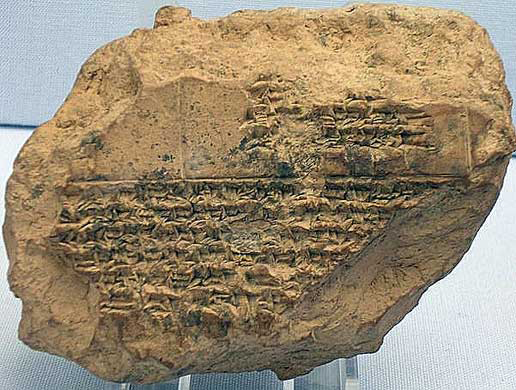
Providing proof
The final total solar eclipse I want to mention is probably history’s most famous because of its ties to Albert Einstein’s theory of general relativity, which he published in full in 1916. The eclipse occurred three years later, on May 29, 1919, and the duration of totality — 6 minutes 51 seconds — ranked it as one of the longest in the 20th century.
Relativity proposed that space is curved by the mass of objects. To prove it, English astrophysicist Arthur Eddington led an expedition to the island of Príncipe off the west coast of Africa to photograph the Sun during totality. If the theory were true, the Sun’s gravitational influence should shift the apparent position of nearby stars.
Another scientific expedition with the same goal went to Sobral, Brazil. When both teams returned from their travels, three members — Eddington, Frank Watson Dyson, and Charles Davidson — authored the paper “A Determination of the Deflection of Light by the Sun’s Gravitational Field, from Observations made at the Total Eclipse of May 29, 1919.”
In their conclusion, they state, “Thus the results of the expeditions to Sobral and Príncipe can leave little doubt that a deflection of light takes place in the neighbourhood of the sun and that it is of the amount demanded by Einstein’s generalised theory of relativity, as attributable to the sun’s gravitational field.” It was an amazing confirmation of Einstein’s theory.
Make your own history
On April 8, 2024, you’ll have a chance to etch such an event into your own historical record as a total solar eclipse sweeps across the U.S.
With durations of totality longer than 4 minutes from the Mexican border to Indianapolis, this will be as much a must-see event as the August 2017 total solar eclipse, whose path tracked from Oregon to South Carolina. More than 10 million people viewed that event. In 2024, some 31.6 million people will already live in the path, and millions more probably will travel to it. Make sure you’re one of them.

